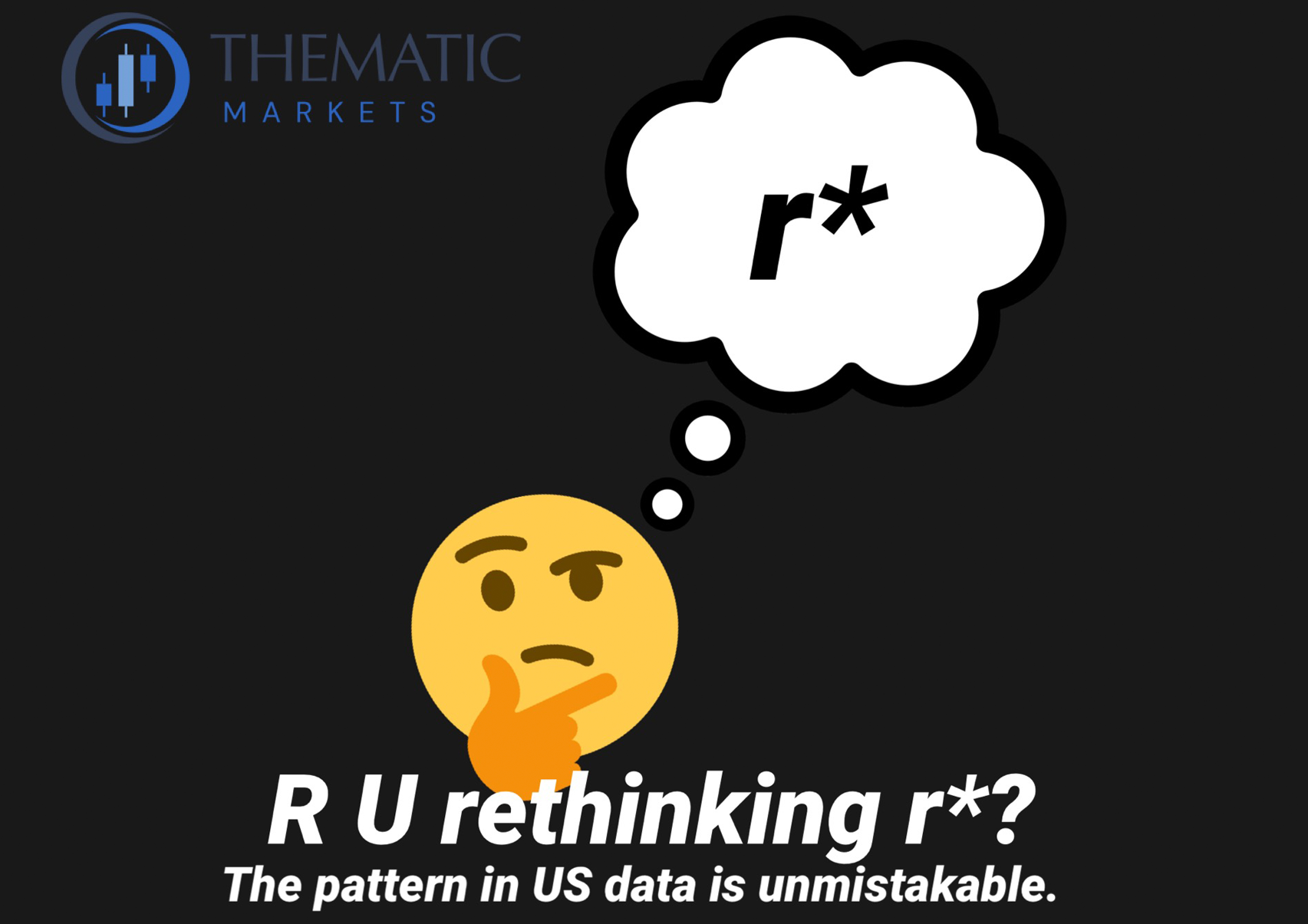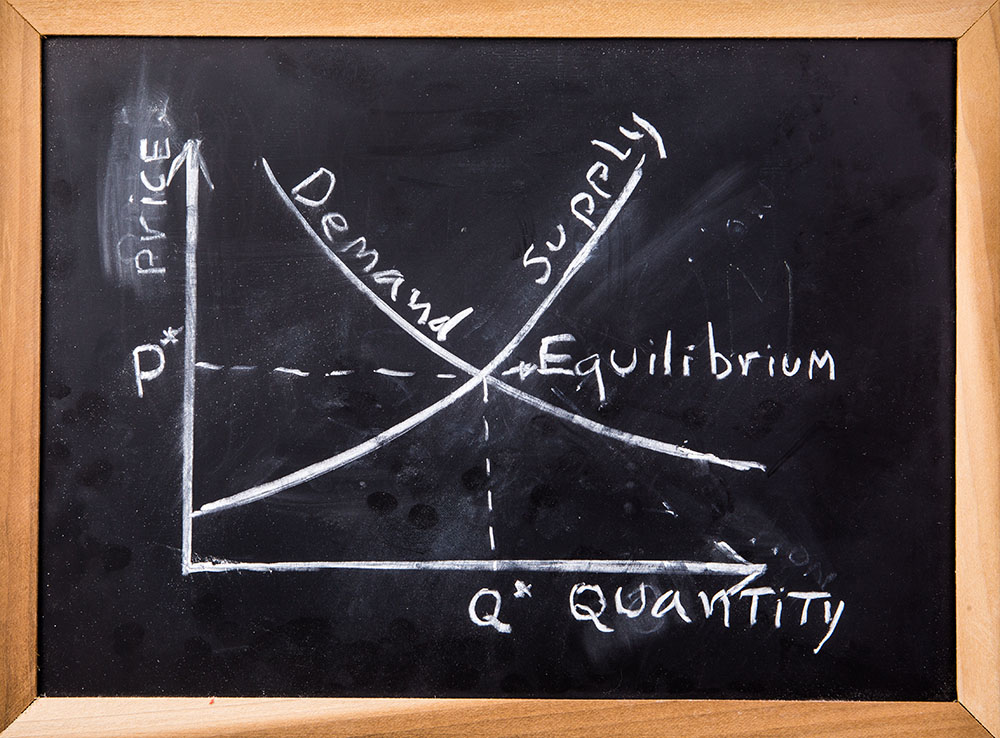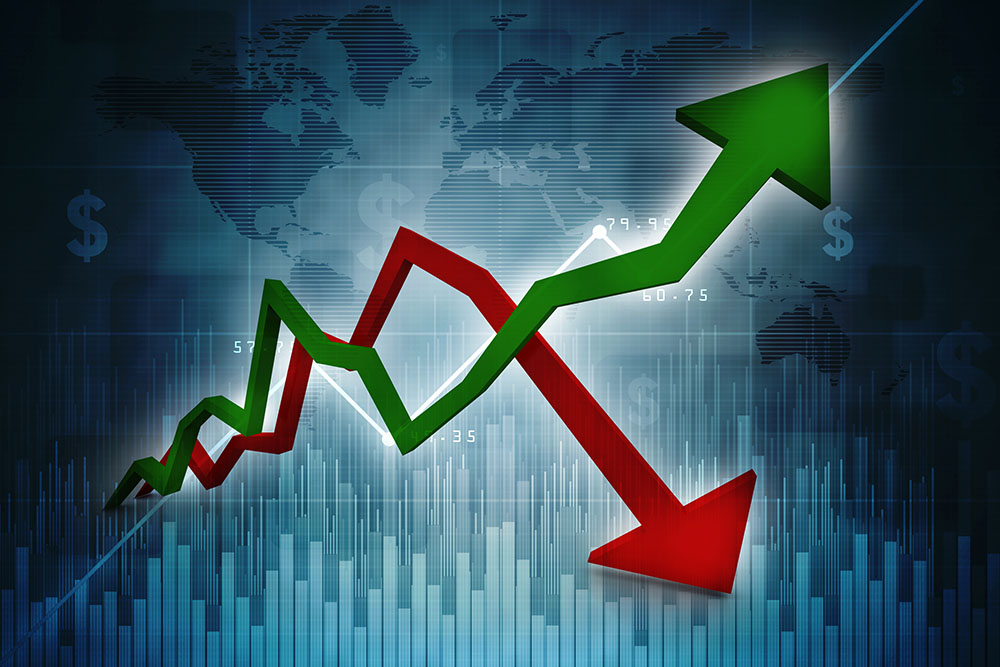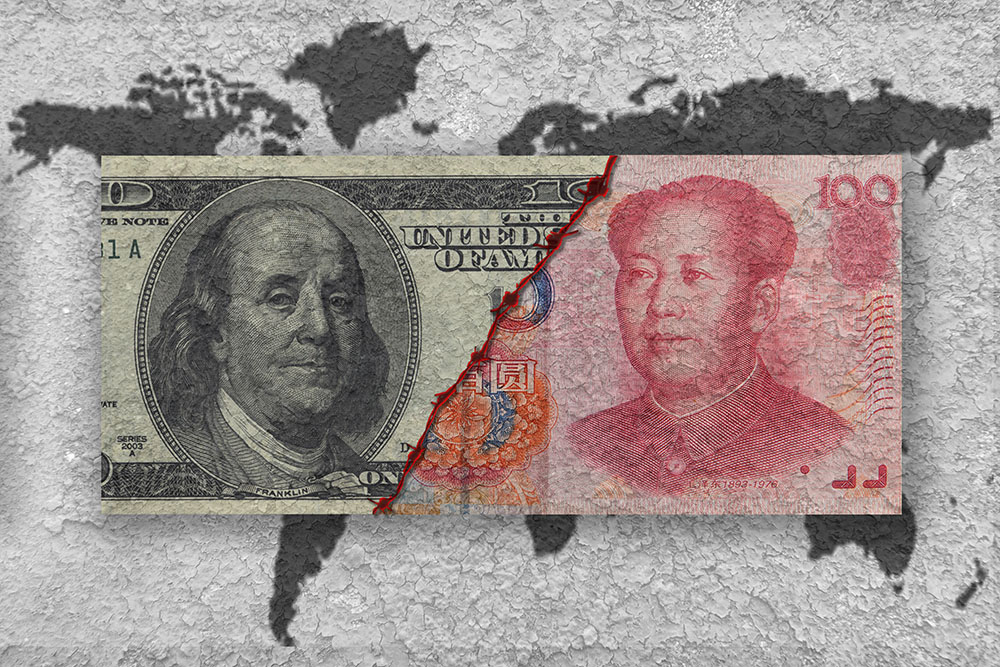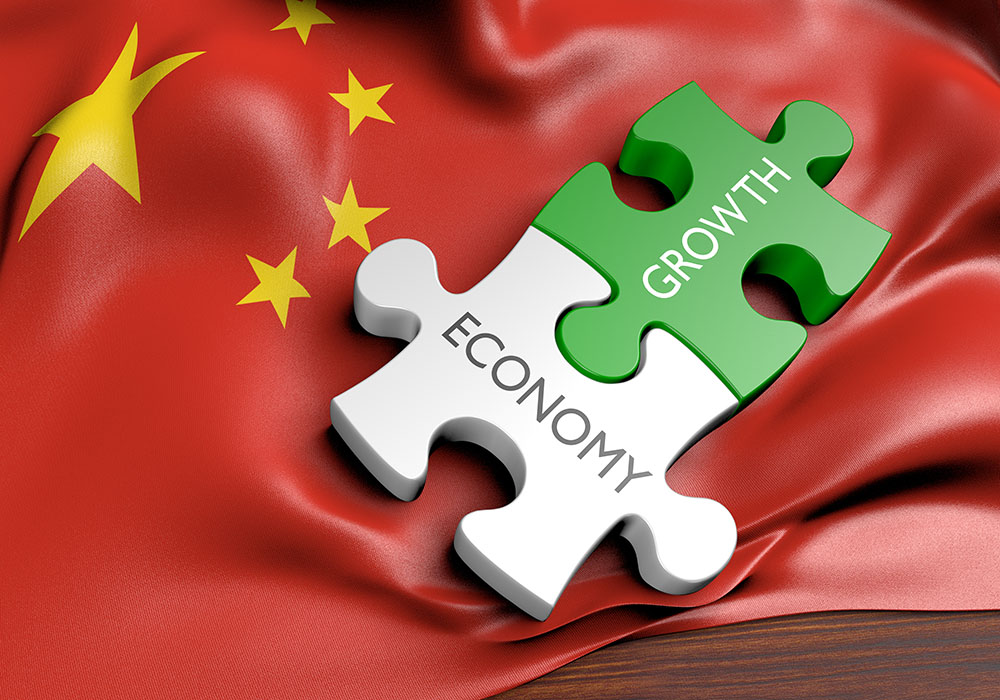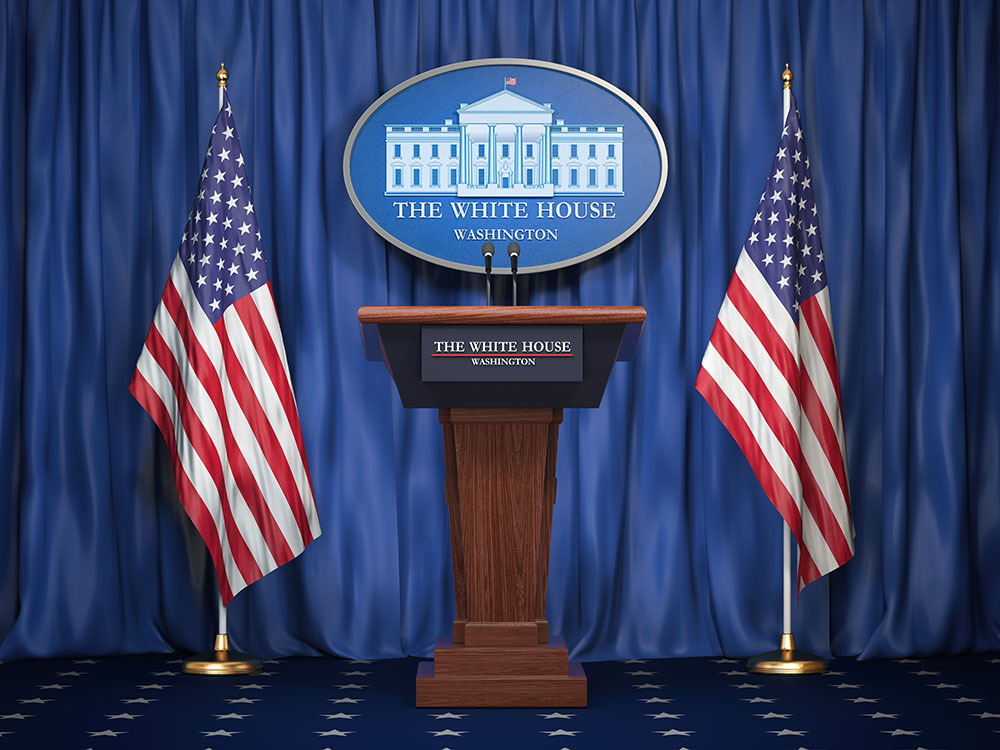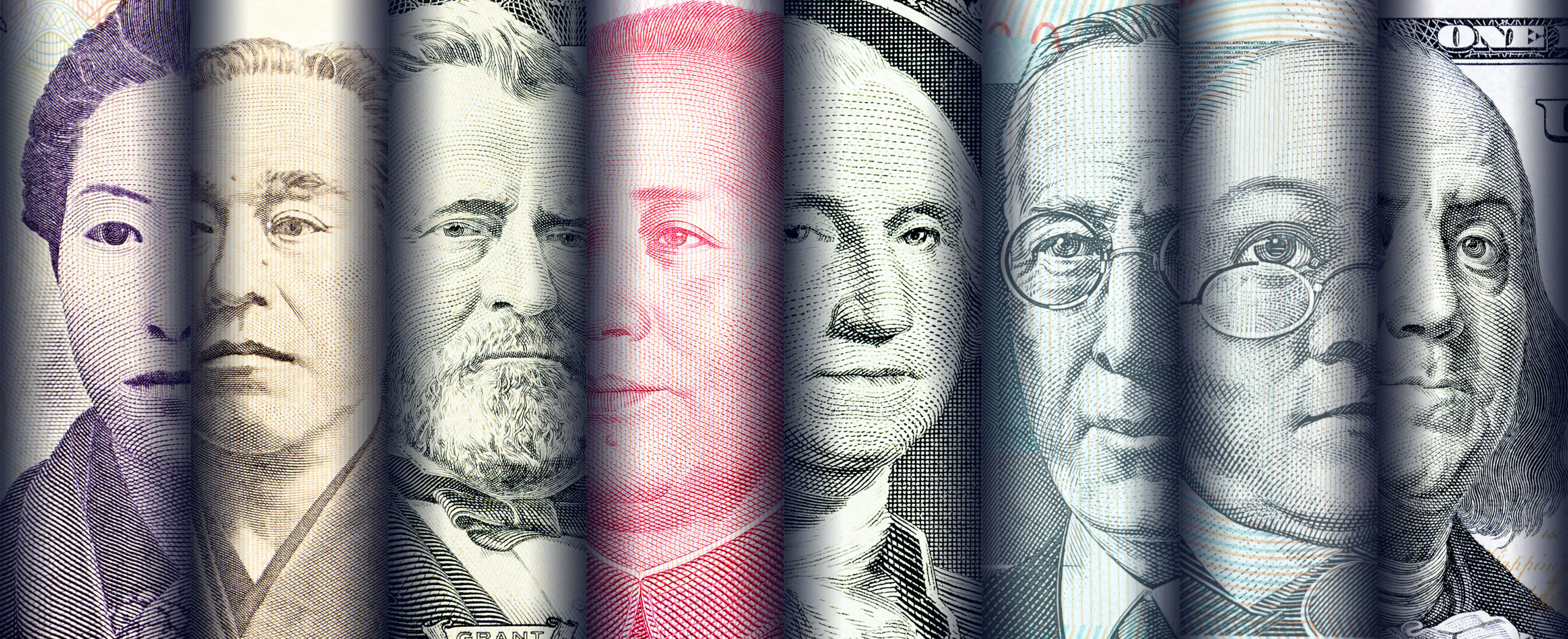Paid Articles
Research register

Searchable database of abstracts & trade recommendations by Theme, asset class, & date
The US outlook takes shape

Updating the US outlook with greater tariff, fiscal and inflation clarity
Revolutionary money & banking
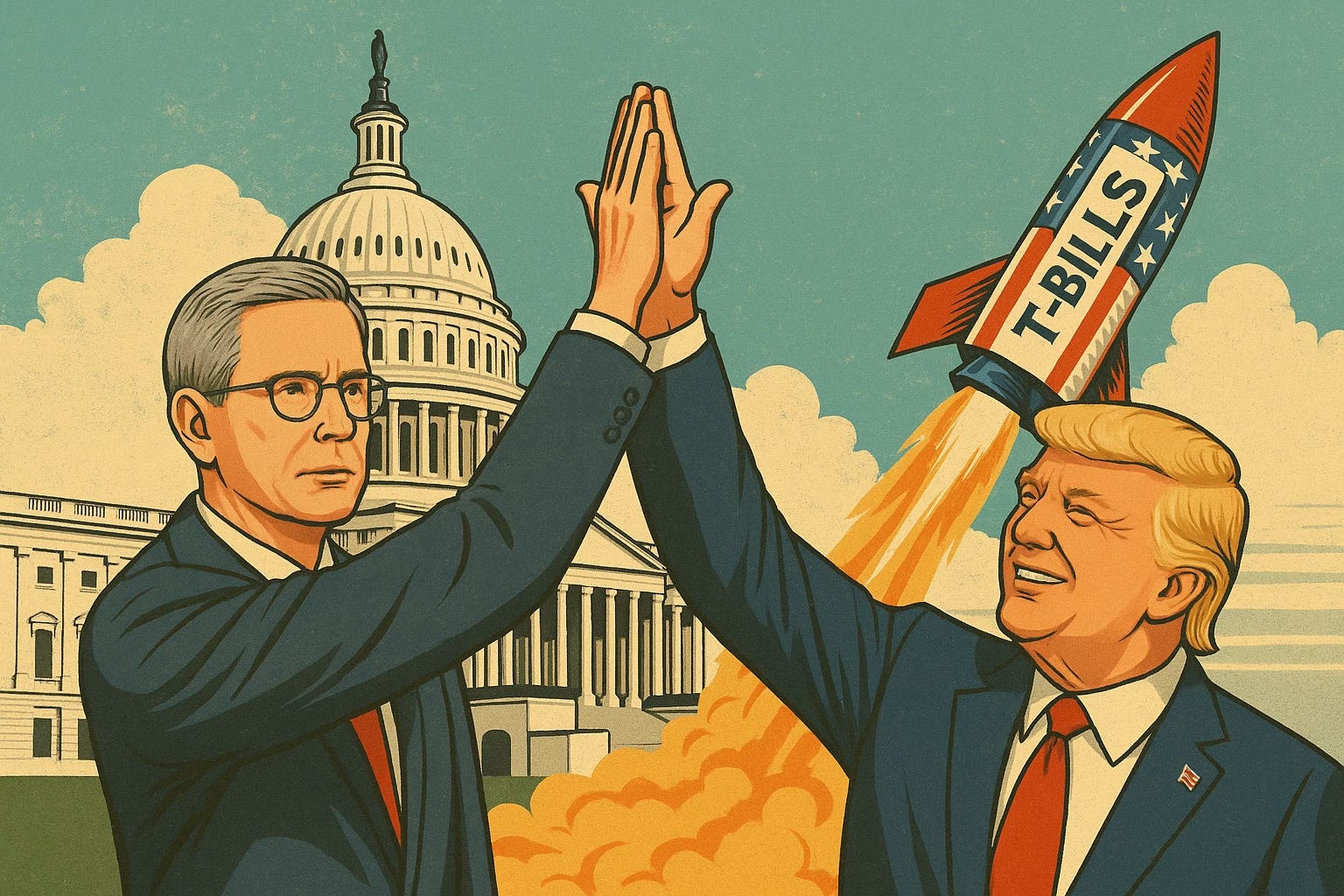
US embrace of stablecoins has revolutionary potential
Observations: Have you understood nothing?

Markets struggle to differentiate setbacks from reversals
Observations: Damn the torpedoes!

“Admiral Farragut” Trump orders full speed ahead
Observations: Navigating the consensus
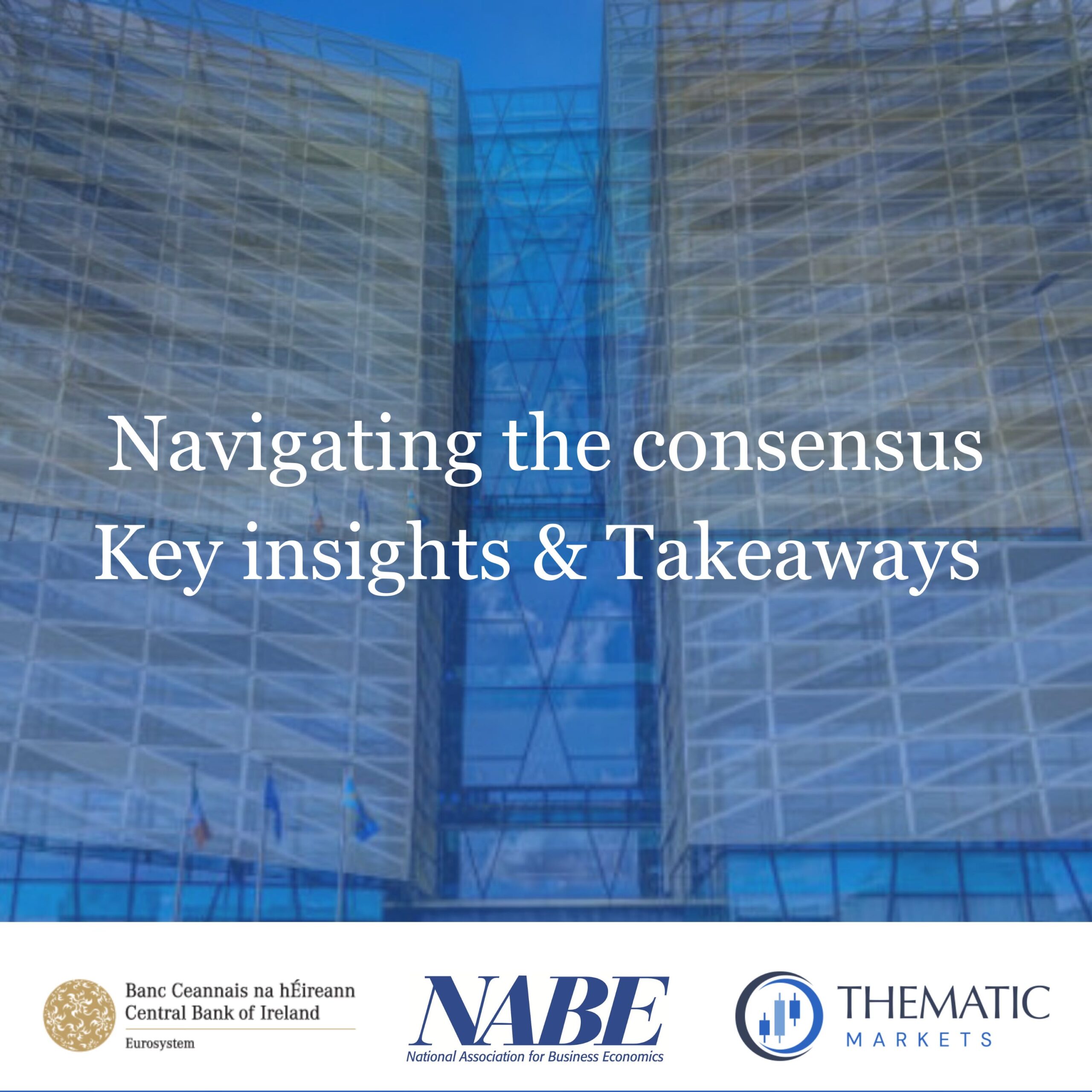
Insights gleaned from business and central bank economists
Observations: 100 days of turmoil, unknown unknowns
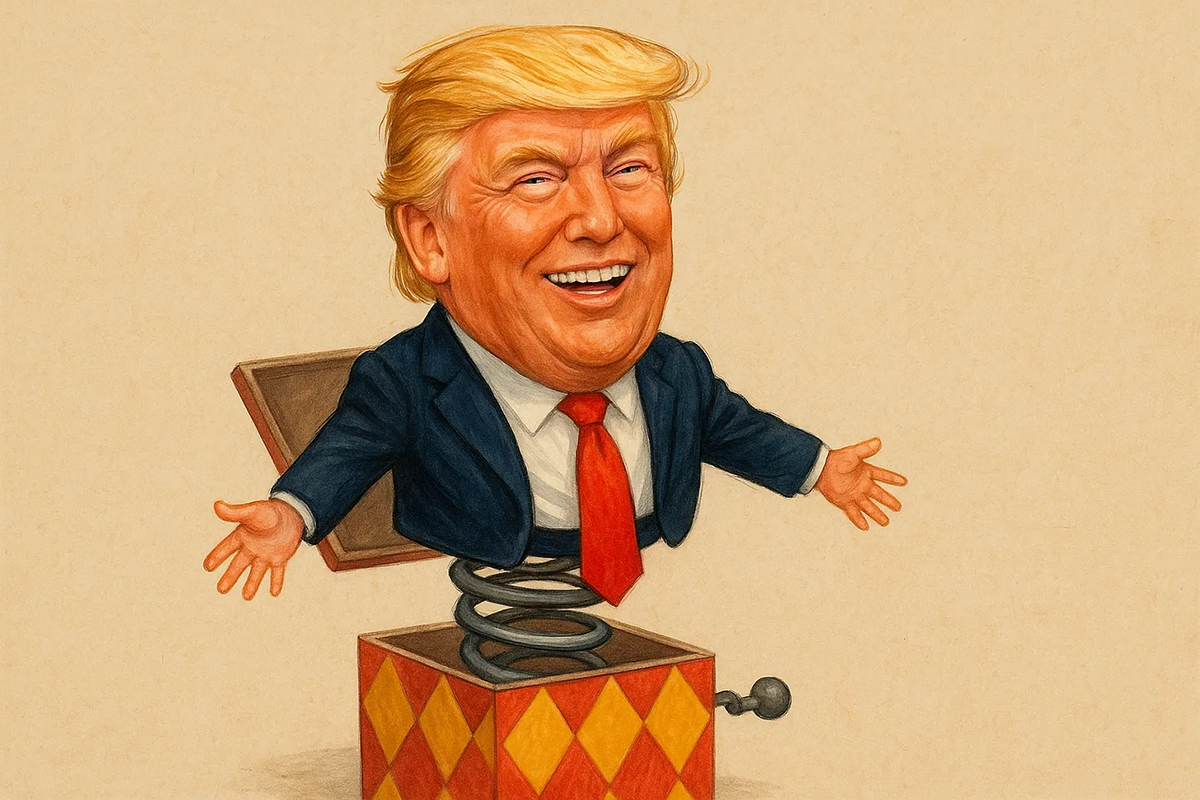
Preparing for the unknown is hard if you don’t know what it is
Observations: 100 days of turmoil, known unknowns

Markets know what they don’t know, but are all unknowns the same?
Observations: 100 days of turmoil, the knowns

Assessing the known knowns of the revolution, 100 days in
Exceptional, elastic, or just erratic?
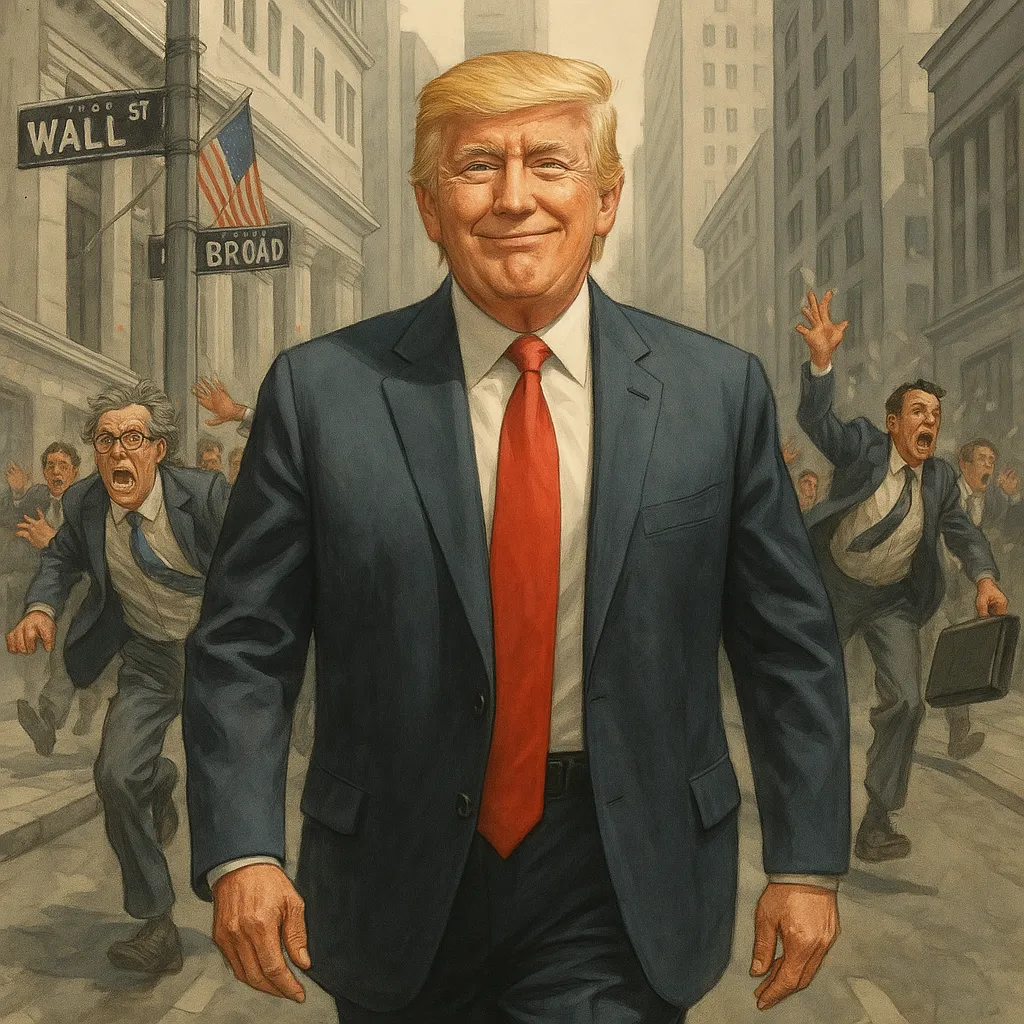
Markets pushed beyond their comfort zone
Observations: Ball's in your court, Jay

Tariffs are a cost shock; inflation is up to the Fed
La Costra Nostra Americana
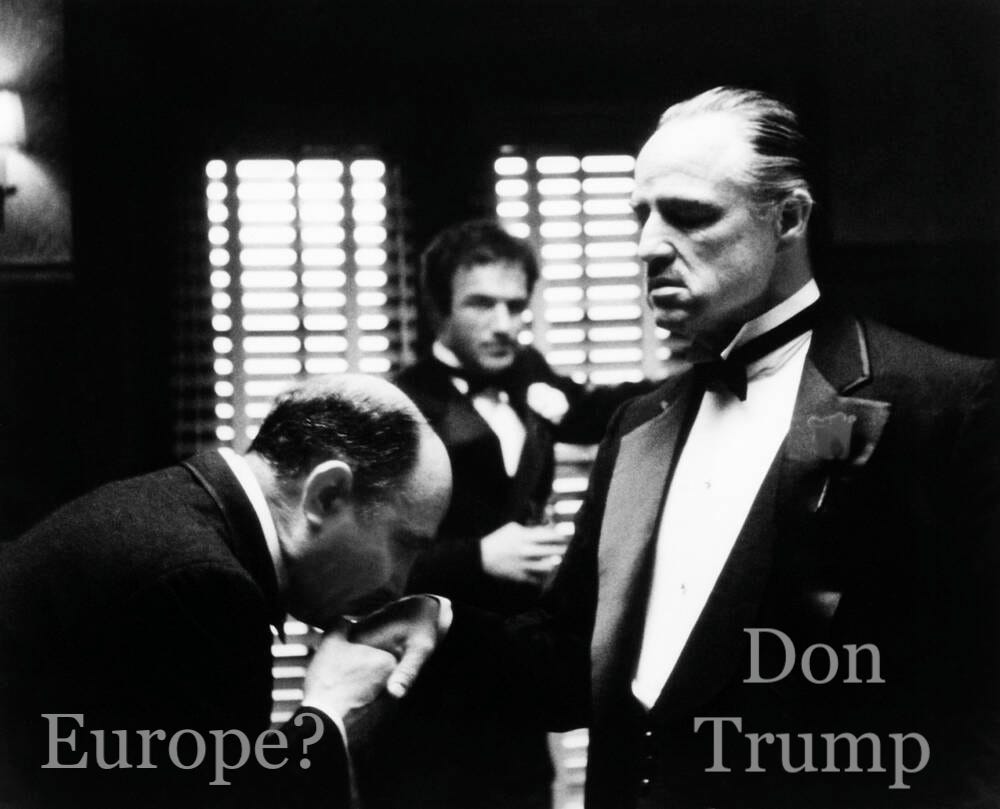
Europe & markets struggle with the loss of the global policeman
Leitmotif 10: Party like it's 1938
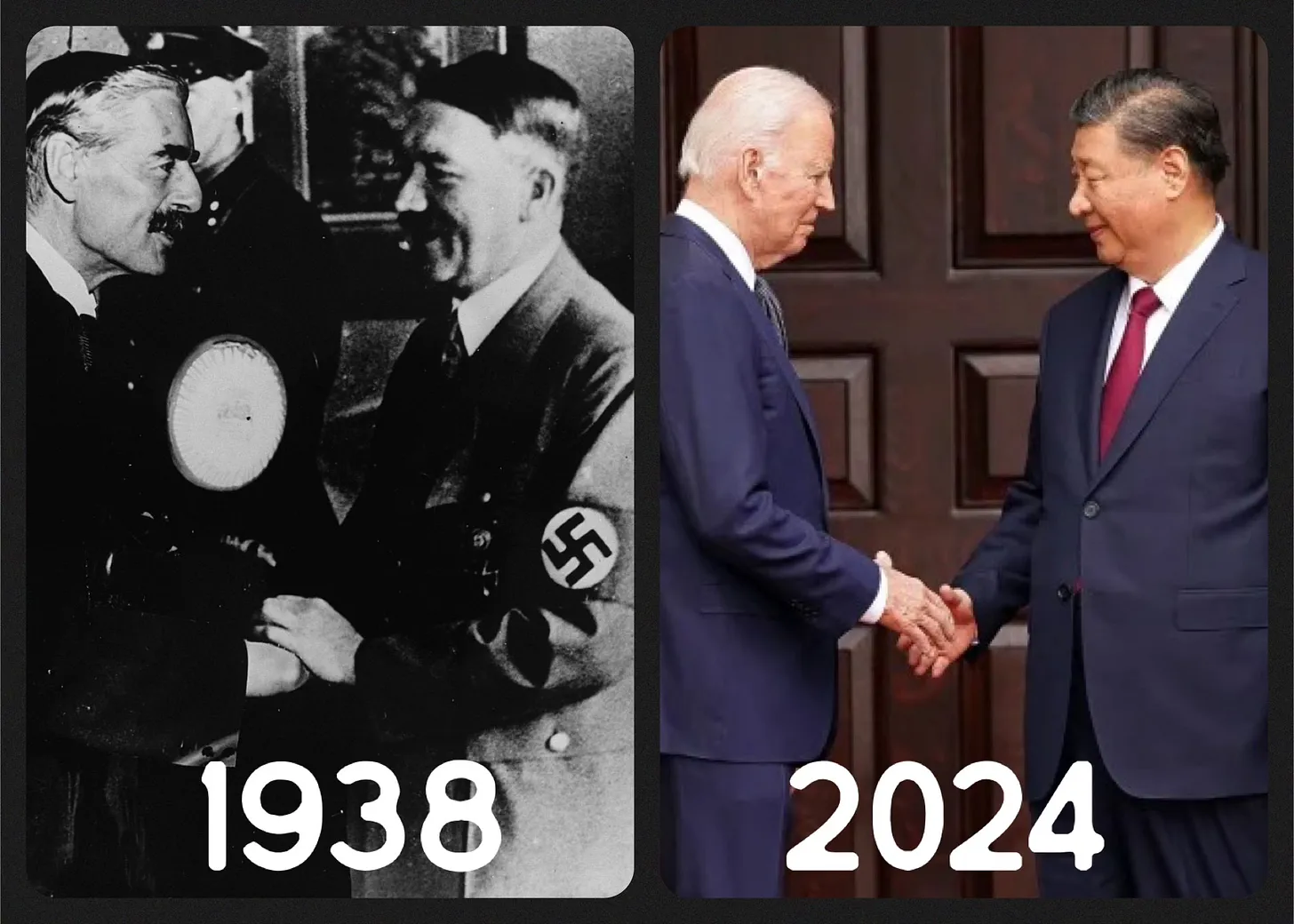
The uncanny parallels to a World War and their implications
Leitmotif 9: It's not the economy, stupid!
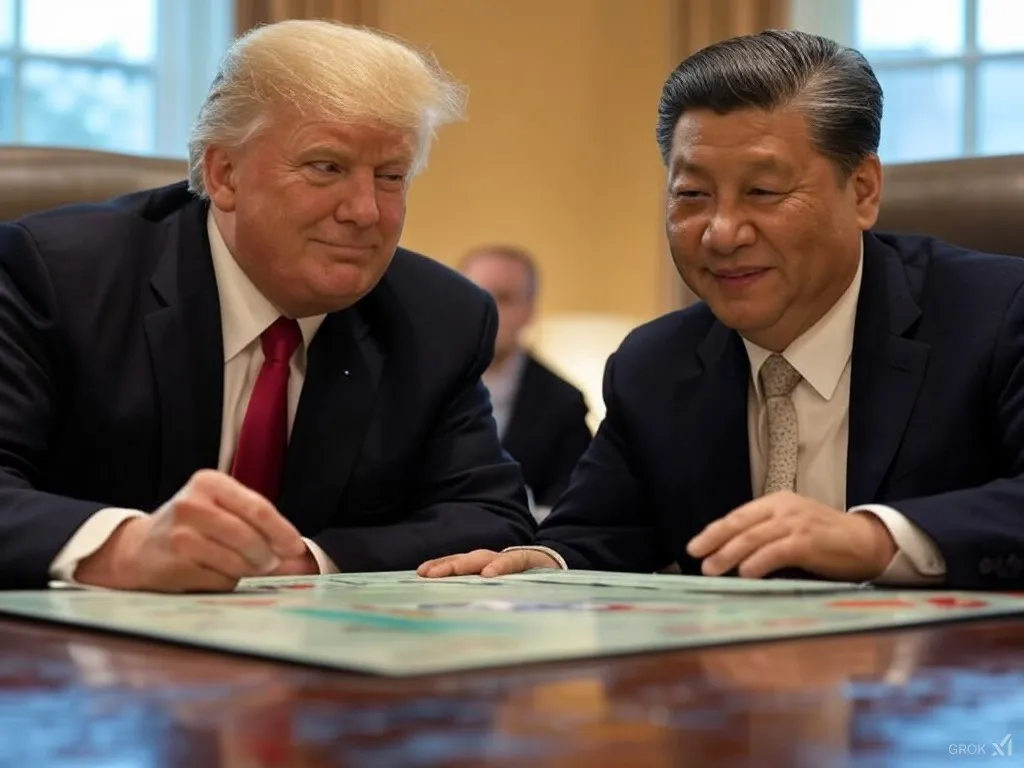
Chinese economic policy hasn’t been about economics; now America’s isn’t either
Leitmotif 8: The geopolitics of crypto (payments)
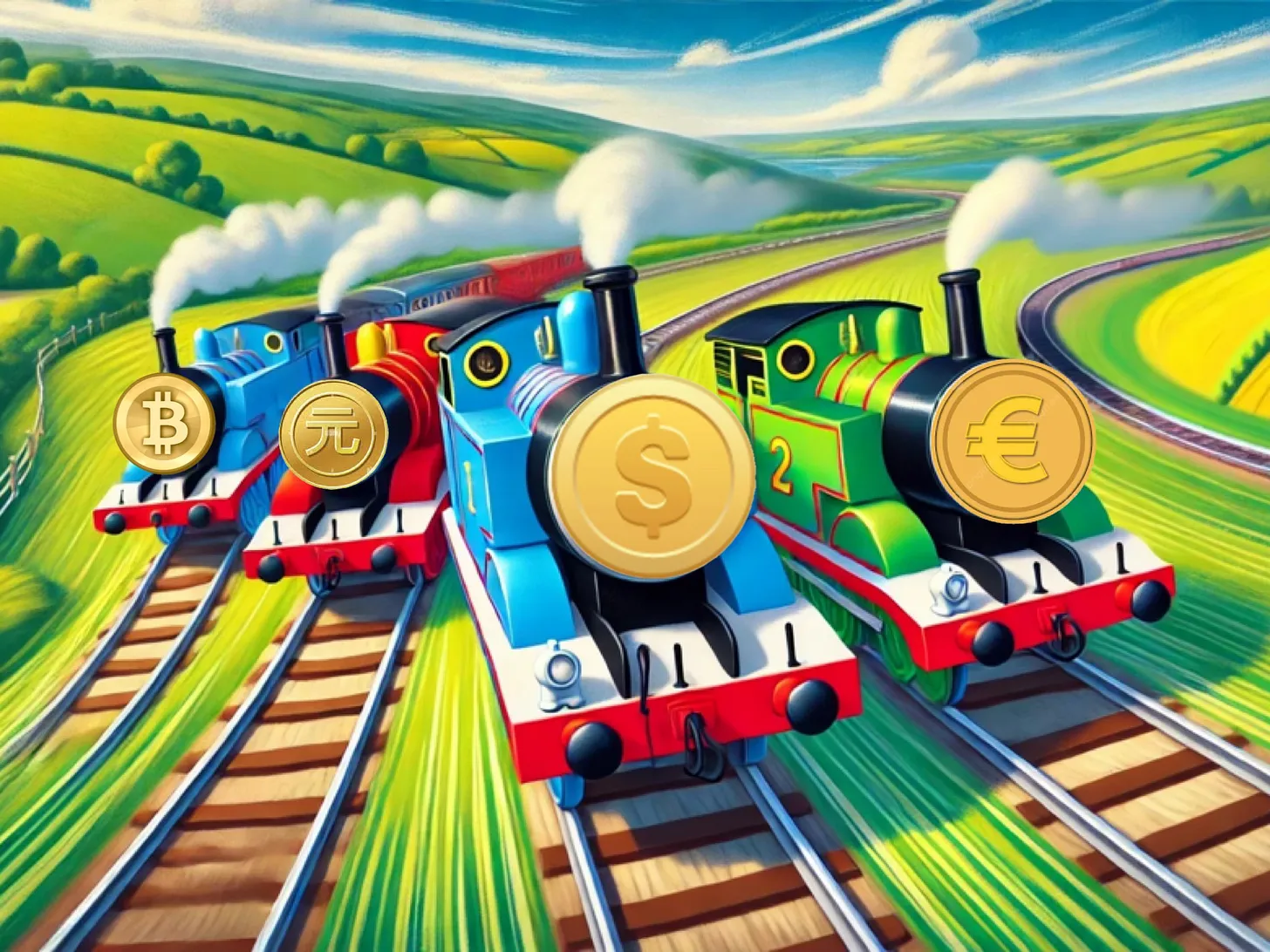
Leitmotif 7: Breaking point?

The US-Europe divergence is strained and about to stretch further
Leitmotif 6: A "Western Spring"?

Leitmotif 5: Time to pay the piper

Leitmotif 4: The Fed sheds cred
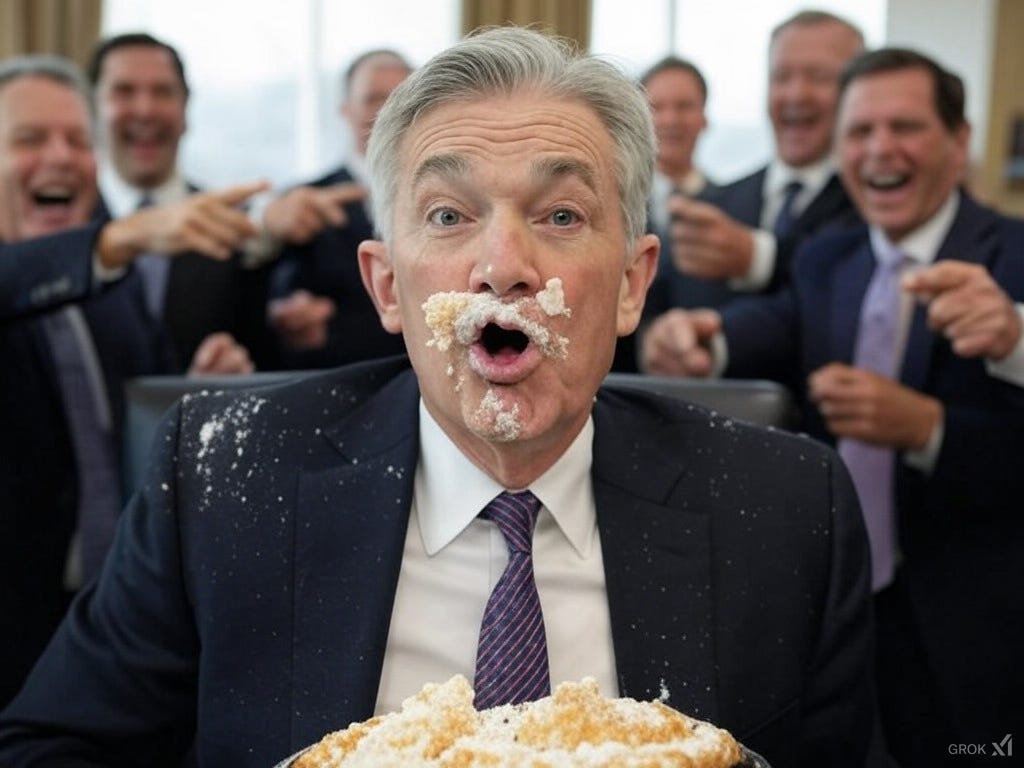
Leitmotif 3: Localization and Global bifurcation

The world economy is undergoing a “hard fork”
Leitmotif 2: Too many moving parts

With so many economic policies in flux, economic uncertainty is much higher
Leitmotif 1: The elephant in the room
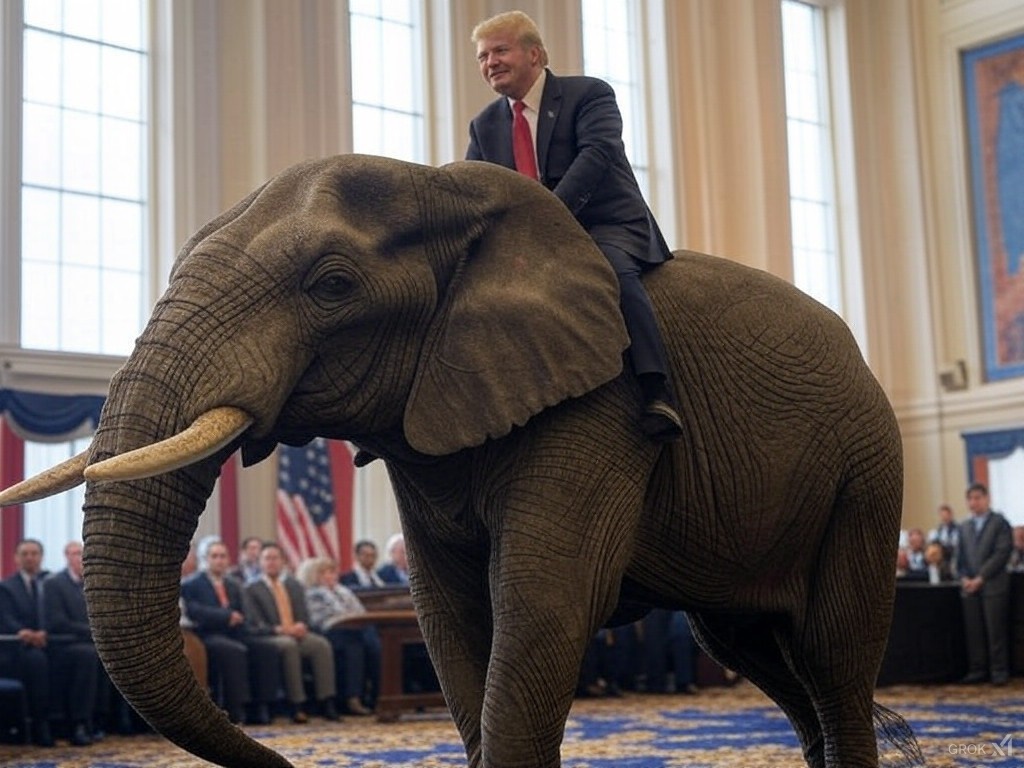
Trump 2.0 may be nothing like Trump 1.0; both he and the world have evolved
There's a new sheriff in town

Thematic Markets’ predicted polling errors presaged a “red wave”
Observations: Revealed preference meets real limits, Pt III

Did markets forget about post-election risks?
Observations: Revealed preference meets real limits, Pt II

What are voters, polls & markets telling us about the “Trump trade”?
Observations: Revealed preference meets real limits, Pt I

The Fed’s preferences, reality & a future under Donald Trump
The Fed fumbles
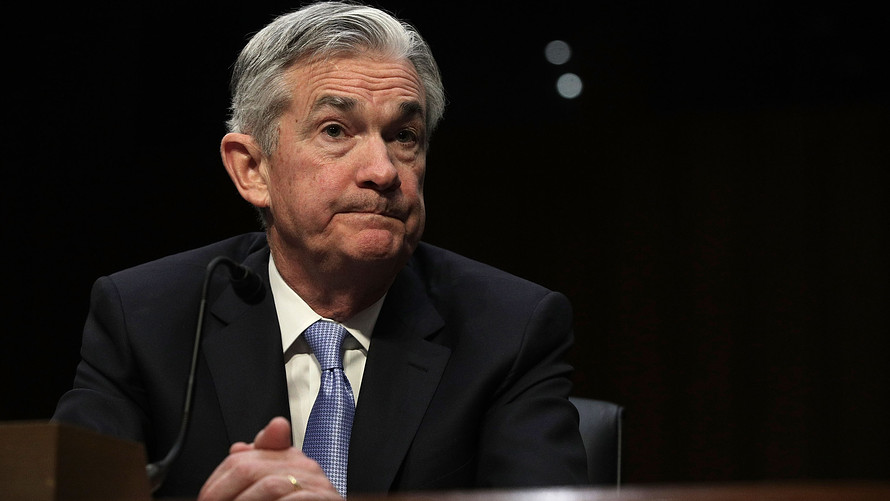
Credibility concerns re-emerge, as will inflationary pressures
Observations: Pokrovsk, polls & paradoxes

Allies & adversaries alike dislike Trump, shifting geopolitical risks in time
"Events, my dear boy, events"

Midyear mark to market, Part I: It’s the end of the world and markets feel fine
The other election
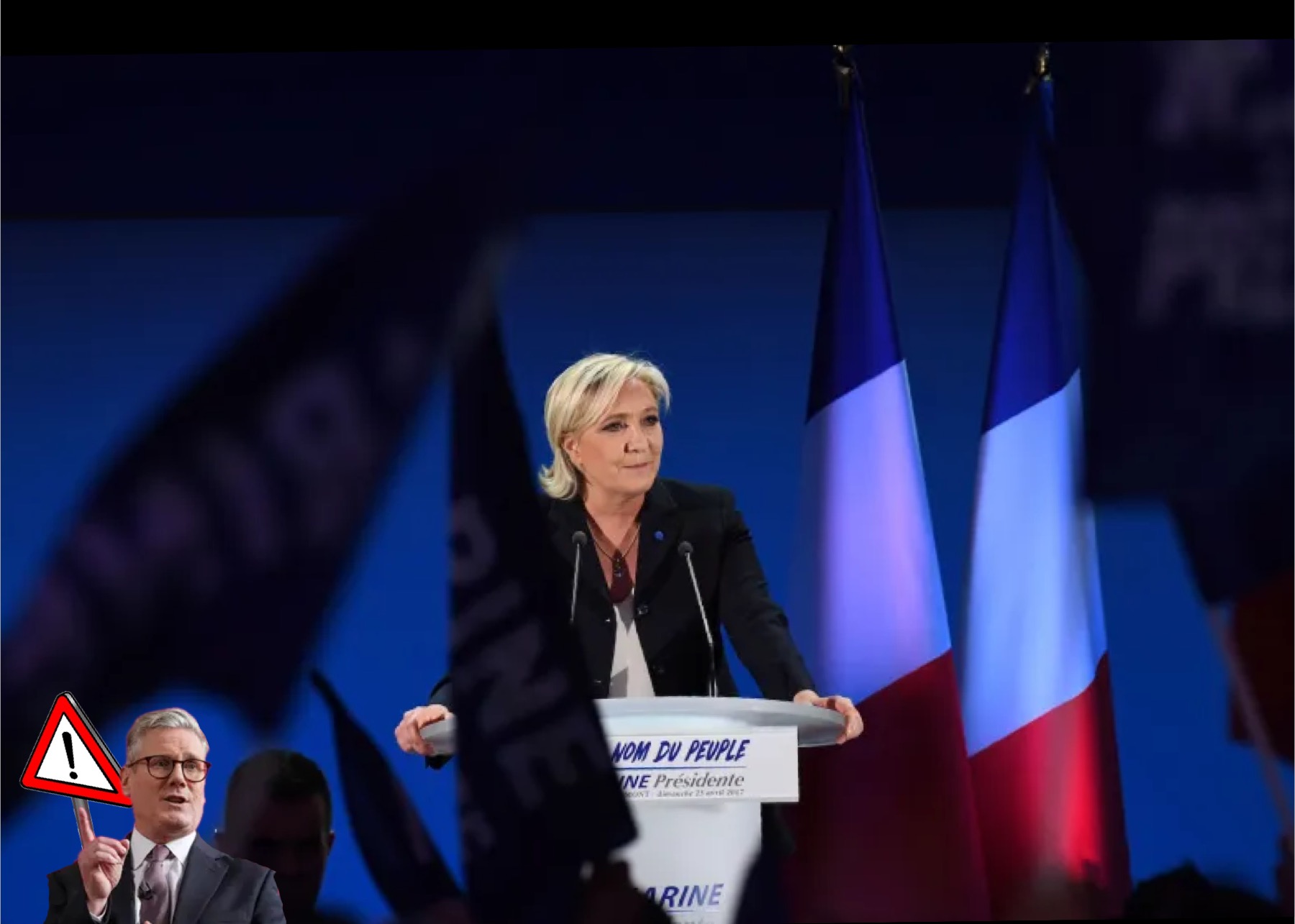
UK general election has transformative potential French election does not
Observations: Rage rolls on

Underlying recent political upheaval across the world, The Politics of Rage grows
Addendum to Geopolitical Vega

LSEG errata & added details on return estimation
Addendum to Leitmotif 8: EU spins the Wheel of Fortune
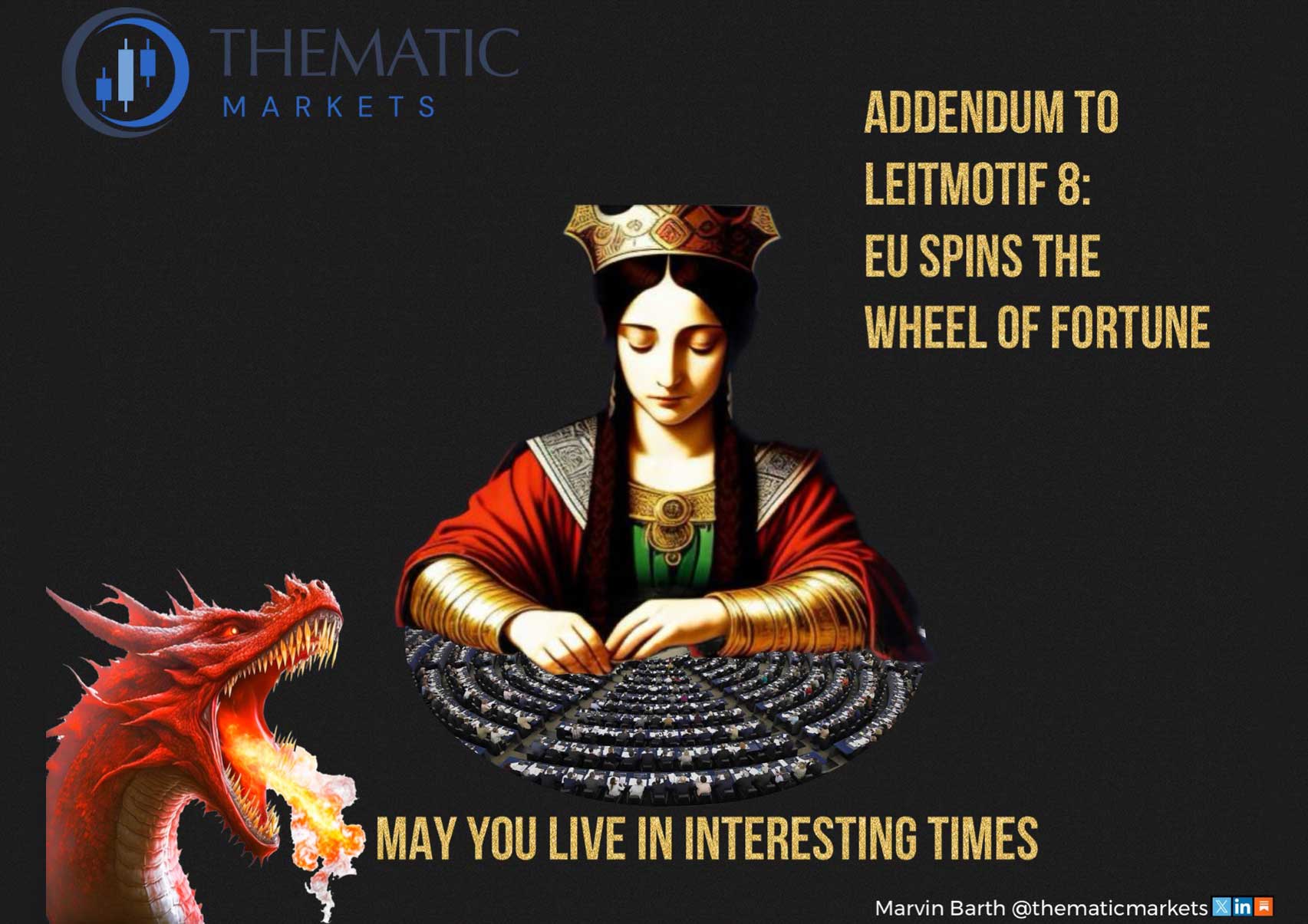
EU Parliament’s de facto rejection of “One-China” policy
May you live in interesting times, The Wheel of Fortune

Leitmotif 8: Global entropy tips over the Complexity cascade
May you live in interesting times, The Tower

Leitmotif 7: A western crisis of confidence
May you live in interesting times, The Hierophant (reversed)

Leitmotif 6: American political instability
May you live in interesting times, Judgement

Leitmotif 5: The Politics of Rage returns
May you live in interesting times,
The Lovers (reversed)

Leitmotif 4: FX volatility & divergence
May you live in interesting times,
The Hermit (reversed)

Leitmotif 2: Central bank credibility
Happy New Years!
May you live in interesting times

Leitmotif 1: Trend inflation’s path
Observations: Inflation's final mile

The journey back to target is unlikely to be steady or easy
The Magnificent Seven slay the zombies

Real interest rates undermine labor hoarding incentives at tech monopolies.
Observations: Götterdämmerung

If your model didn’t predict inflation’s persistence, higher rates and robust growth, maybe it’s wrong.
Opportunity knocks; are you listening?

US rates markets are now wildly mispriced and offer compelling opportunities, both outright and in relative value
Are we there yet?

Markets, still dazed from the worst bond rout on record, remain puzzled by US economic resilience amid real interest rates markedly above consensus estimates of neutral. Have rates now fully adjusted?
Debt reality meets perceptions
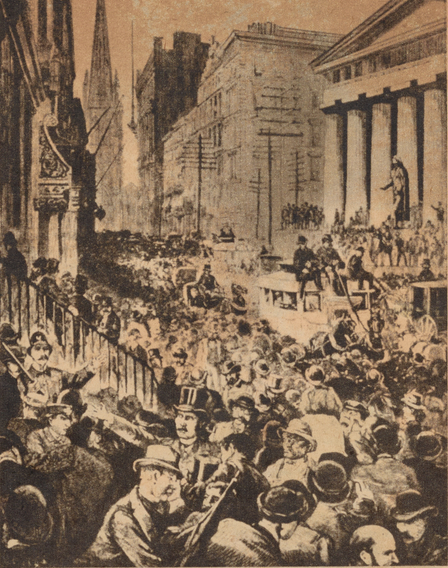
Just as April showers bring May flowers, 2022’s historic rise in real interest rates likely has sown 2023’s credit traumas. Which macro-credit risks are the ones to watch this year?
Observations: Plaza 2.0 bid, not offered

Expectations for “Plaza Accord 2.0” are sure to be dashed. The dollar’s unstoppable rise is not “breaking” global financial markets nor is it caused by unnecessarily tight Fed policy. Both narratives are false and any international accord to halt the dollar’s ascent would be either folly or the precipitant of a systemic risk event. Part I of IV.
Solved: Drivers of the dollar cycle

The big, multi-decade swings in the dollar are among the greatest sources of volatility in the global economy and yet the source of these cycles has remained a mystery…until now.
The solution to that mystery not only has implications for the dollar’s current path, but also for the economic outlook, interest rates, asset prices, and asset allocation.
Clash of the Themes

2022’s higher-than-expected inflation, aggressive Fed tightening, unstoppable dollar, and US economic resilience all caught the consensus by surprise, yet were anticipated by the Thematic approach. What does it hold for 2023?







